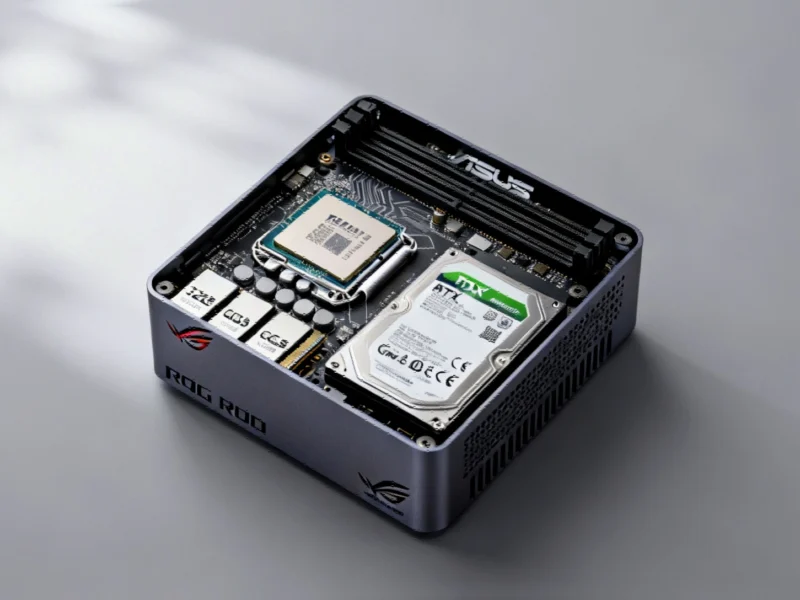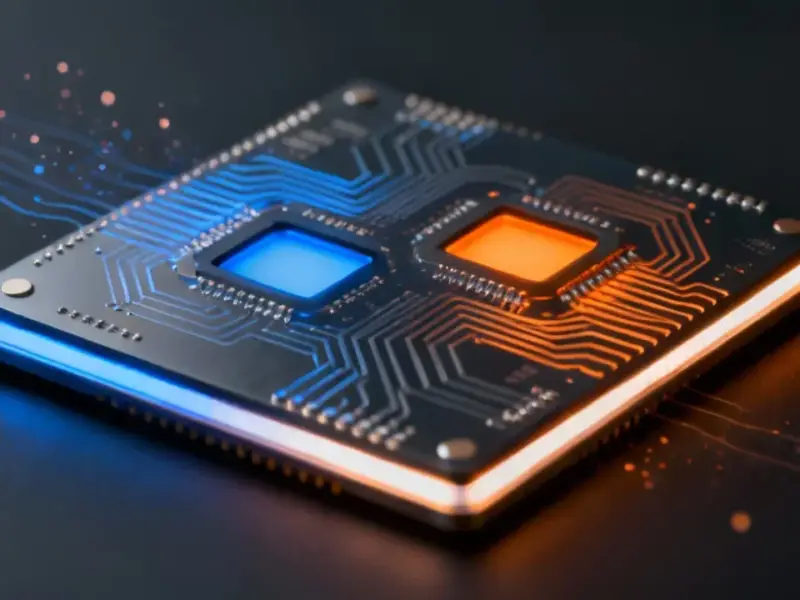According to Forbes, Robinhood Markets leads S&P 500 gainers with a 294% surge through October, followed by QuantumScape at 255%, Western Digital at 234%, Micron Technology at 167%, and Palantir Technologies at 165%. The analysis suggests Western Digital and Micron remain attractive buys due to expected earnings growth driven by AI demand, while the other three stocks appear overvalued relative to current earnings. Western Digital benefits from high-capacity hard disk drives for AI data storage, with 22 of 27 analysts rating it a “buy,” while Micron’s HBM3E memory chips are in high demand for AI applications, trading at under 14 times forward earnings despite a 29 times trailing multiple. This momentum reflects a broader shift in technology investment priorities toward AI infrastructure.
The Memory and Storage Renaissance
The remarkable performance of Western Digital and Micron represents a fundamental shift in how investors value memory and storage companies. For years, these businesses were viewed as cyclical commodities subject to boom-bust cycles and price wars. The AI revolution has fundamentally changed this calculus. Memory and storage are no longer interchangeable components but strategic assets that determine AI system performance and scalability. The demand for Western Digital’s high-capacity drives stems from the exponential growth in training data and model parameters, while Micron’s HBM3E chips address the critical bottleneck of moving data quickly between processors and memory in AI workloads.
Business Model Transformation
Both companies have undergone significant business model evolution to capitalize on AI opportunities. Western Digital, traditionally focused on consumer storage, has strategically pivoted toward enterprise and data center solutions where margins are higher and demand more predictable. Their high-capacity drives now serve as the foundational storage layer for AI training datasets that can exceed petabytes in size. Similarly, Micron has moved beyond commodity DRAM to develop specialized high-bandwidth memory architectures that command premium pricing. The HBM3E technology represents a technological moat that distinguishes their offerings from standard memory products and creates sustainable competitive advantages.
Market Dynamics and Risks
The current AI-driven demand surge creates both opportunities and challenges for memory companies. While pricing power has returned after years of margin compression, the industry faces significant capital expenditure requirements to maintain technological leadership. Both companies must balance capacity expansion with the risk of overbuilding during what could be a temporary demand spike. Additionally, the concentration risk in AI-related revenue creates vulnerability if enterprise AI adoption slows or if alternative architectures emerge. The memory industry has historically been prone to cyclical downturns, and current valuations assume these companies have permanently escaped that pattern through AI specialization.
Strategic Positioning in Competitive Landscape
Western Digital and Micron occupy distinct but complementary positions in the AI infrastructure stack. Western Digital’s strength in high-capacity storage addresses the “data at rest” portion of AI workflows, while Micron’s high-bandwidth memory optimizes “data in motion” during computation. This specialization allows both companies to avoid direct competition while benefiting from the same macro trend. However, they face intensifying competition from both established players like Samsung and SK Hynix and emerging startups developing alternative memory technologies. Their ability to maintain technological leadership while managing production costs will determine whether current growth rates are sustainable.
Long-term Investment Outlook
The critical question for investors is whether the AI memory boom represents a permanent shift or another cyclical peak. The evidence suggests fundamental changes in demand patterns, with AI workloads requiring orders of magnitude more memory and storage than traditional computing. However, valuation discipline remains essential. While both companies appear reasonably priced relative to forward earnings, their stocks have already priced in several years of growth. The most likely scenario involves continued strong performance tempered by periodic volatility as the market digests quarterly execution and demand fluctuations. For long-term investors, these companies represent leveraged plays on AI adoption, but they require careful monitoring of industry dynamics and technological developments.




